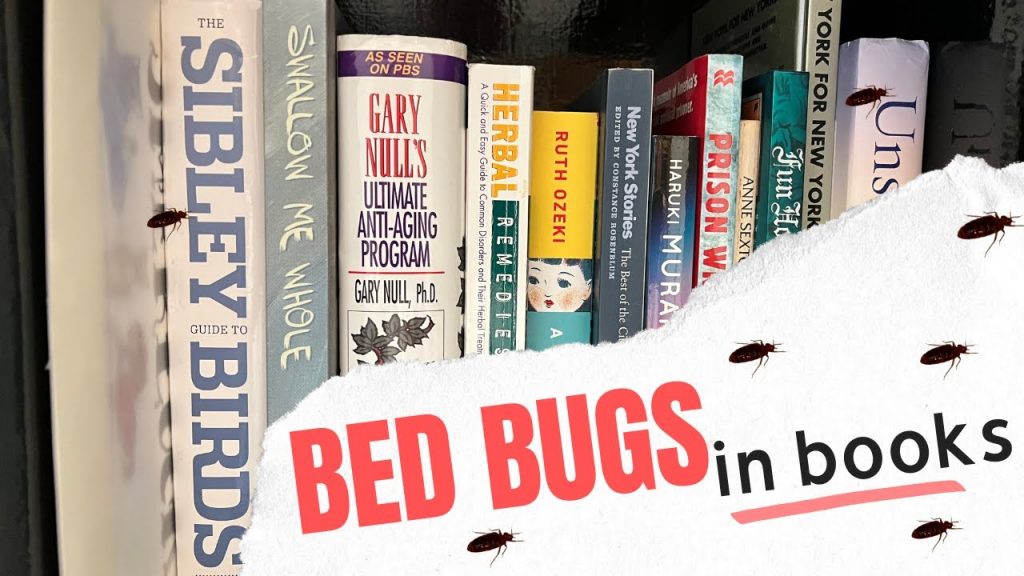If you’re reading this article, chances are you’ve recently discovered bed bugs in your books, and you’re wondering how to treat them. Don’t worry, you’re not alone. As an avid reader, I understand the importance of protecting your books from these pesky critters. In this article, I’m going to provide an expert guide on how to treat books for bed bugs. From identifying the signs of an infestation to using preventative measures, I’ll show you everything you need to know to keep your books safe and sound.
What are Bed Bugs?
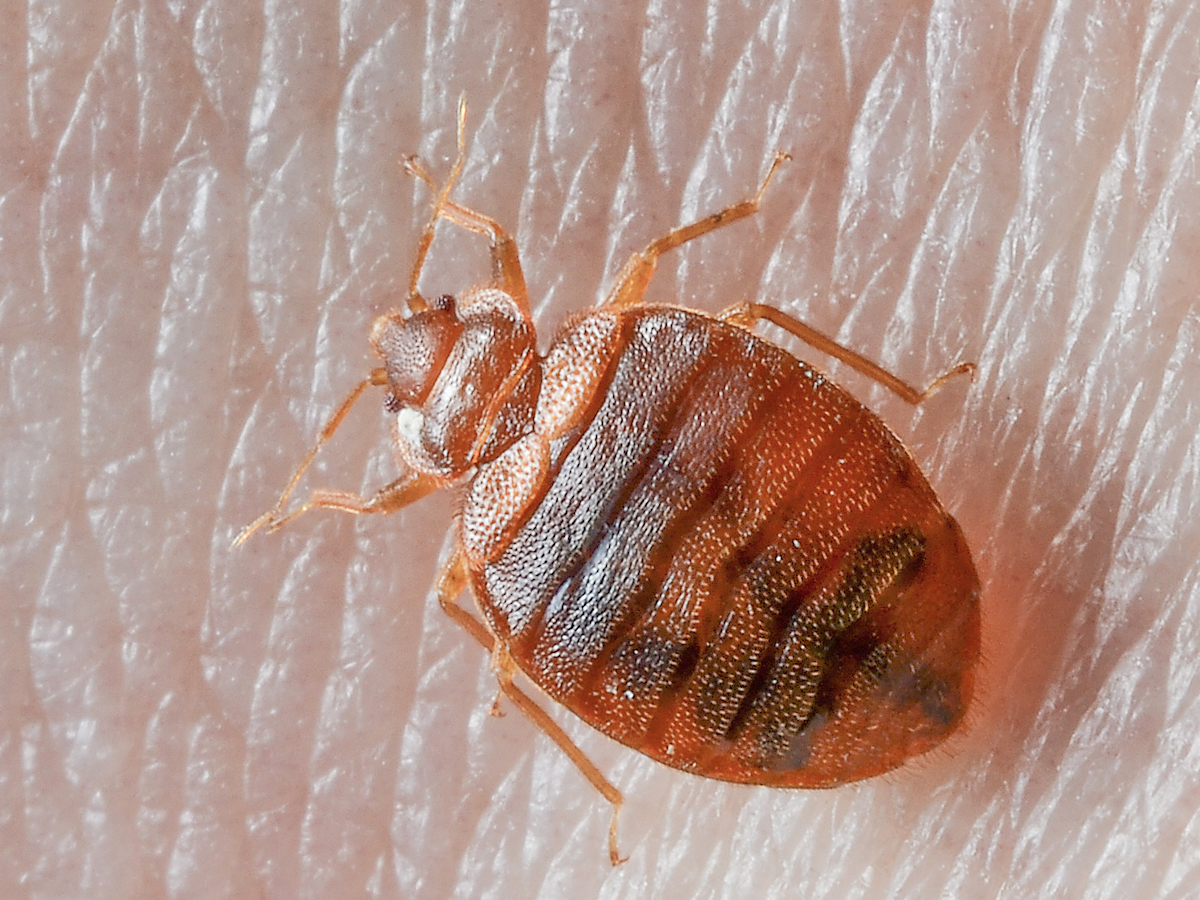
Bed bugs are small, oval-shaped, wingless insects that are about the size of an apple seed. They are typically brown in color, but may appear reddish after a meal. They have flat bodies and move quickly on wood, fabric, and other surfaces. Bed bugs feed on human blood and can survive up to a year without a meal. Their bites can cause itching and allergic reactions in some people. They usually hide in cracks and crevices during the day, and come out at night to feed.
How do bed bugs infest books?
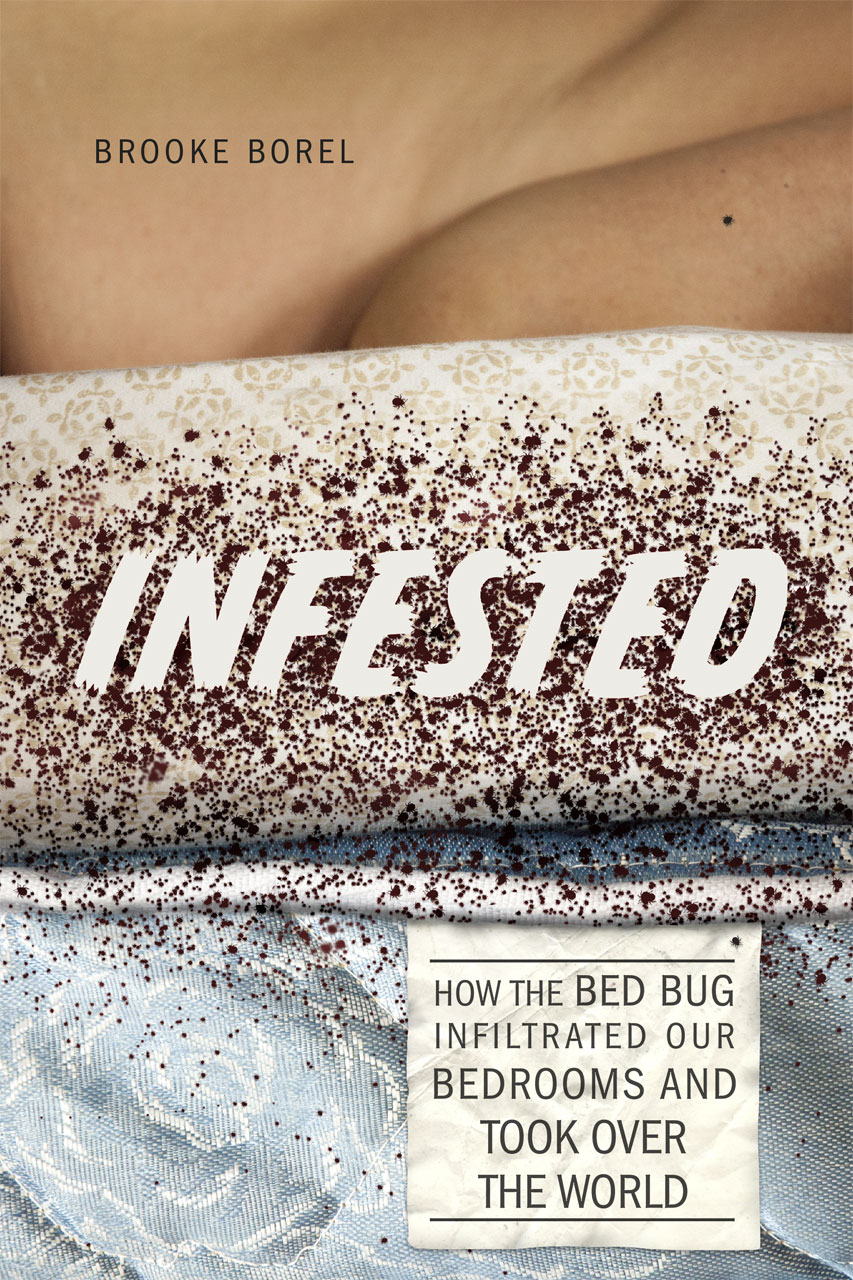
Bed bugs have a particular affinity for books; not only do they provide a great hiding spot from humans and a seemingly endless buffet of blood, but the pages provide an ideal environment for bed bugs to hide and lay eggs.
Bed bugs can easily enter books through small tears and creases in the cover, binding, and pages. They may also hide in the creases of the spine or even in the dust jacket, which can offer more protection.
Once inside the book, bed bugs lay eggs in the spaces between pages, creases, and bindings. They can also hide in the spine of the book and feed on the blood of any humans that come into contact with the book.
| Method of Infestation | How it works |
|---|---|
| Tears and creases | Bed bugs can enter through small tears and creases in the cover, binding, and pages. |
| Dust jacket | Bed bugs may hide in the dust jacket, which can offer more protection. |
| Spaces between pages | Bed bugs lay eggs in the spaces between pages, creases, and bindings. |
| Spine | Bed bugs can hide in the spine of the book and feed on the blood of any humans that come into contact with the book. |
Due to the small size of bed bugs, it can be difficult to detect them in books. To prevent infestations, check for signs of bed bug activity, including small dark spots and a sweet, musty odor. If you do find evidence of bed bugs, it is important to take action immediately to prevent further spread.
Signs of Bed Bug Infestation
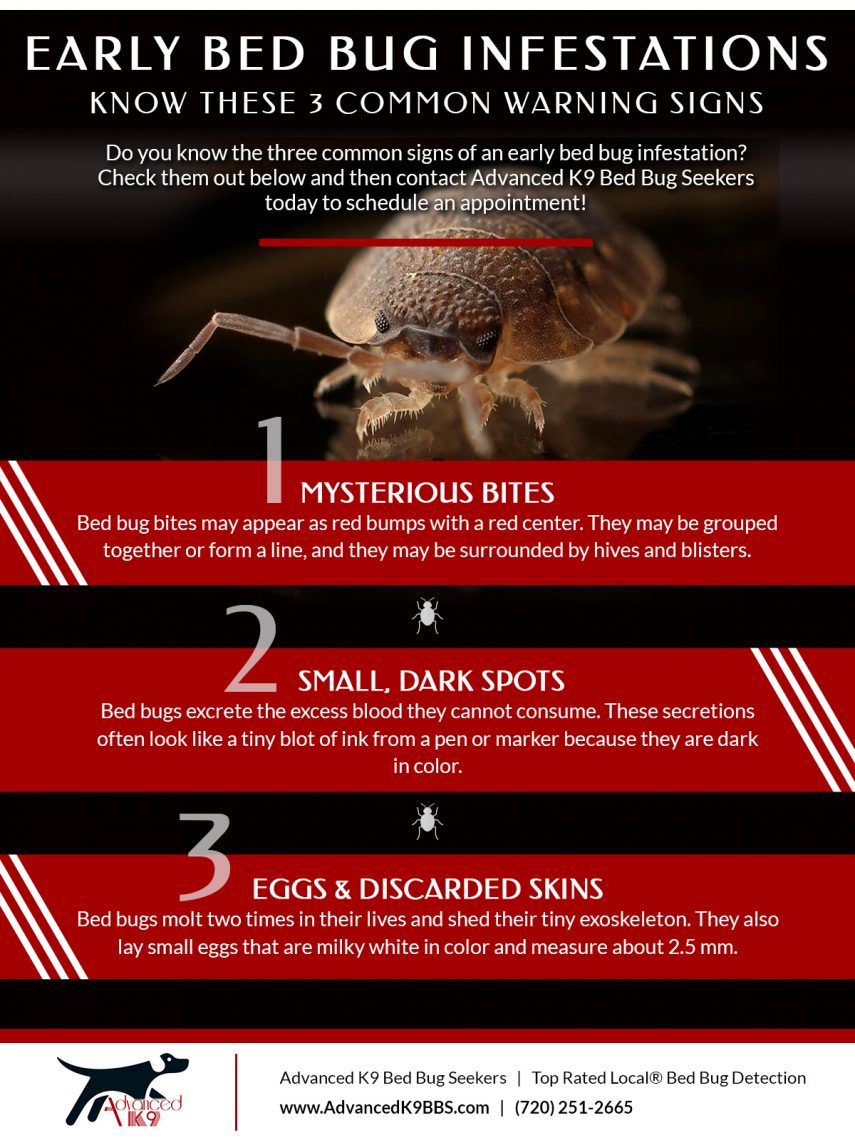
I need to be on the lookout for signs of bed bug infestation when treating my books. Bed bugs are small, reddish-brown insects that feed on human blood. They often hide in cracks and crevices, and can be difficult to detect. Here are some signs of a bed bug infestation to look out for:
1. Bite marks on the skin: Bed bug bites result in red, itchy welts that appear in a line or cluster on the skin.
2. Blood spots on bedding: Bed bugs can leave tiny spots of blood on sheets and pillowcases.
3. Shed skins: As bed bugs mature, they shed their skins, leaving behind small, pale-colored shells.
4. Fecal spots: Bed bugs leave behind dark, rusty-colored spots that are usually found near the edges of mattresses, and in crevices of furniture and walls.
5. Musty odor: Bed bugs can produce a musty, sweet odor.
6. Live bugs: If you spot any live bugs, you should immediately take steps to treat the infestation.
Disposing of Infested Items
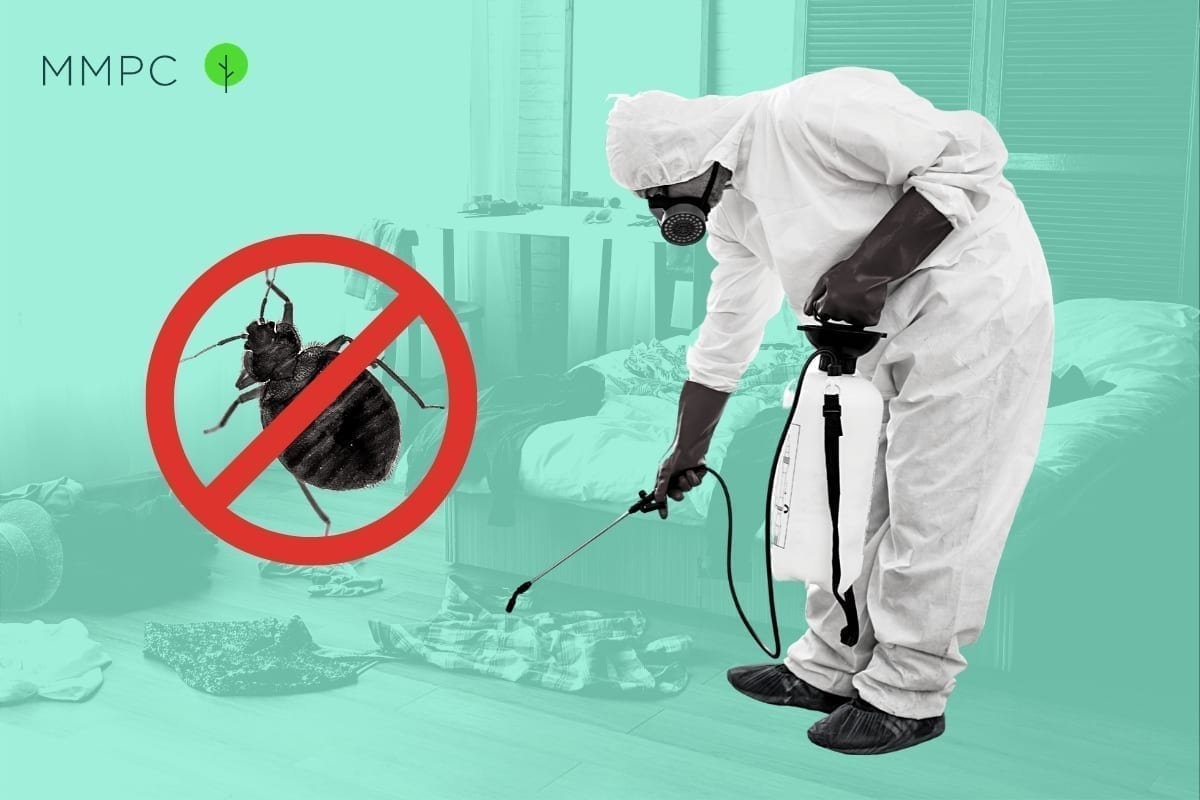
If your books are severely infested with bed bugs, it is best to discard them. The infestation can spread quickly and be difficult to treat. Before you discard any items, make sure to seal them in plastic bags and dispose of them in an appropriate manner.
Thoroughly Cleaning Books
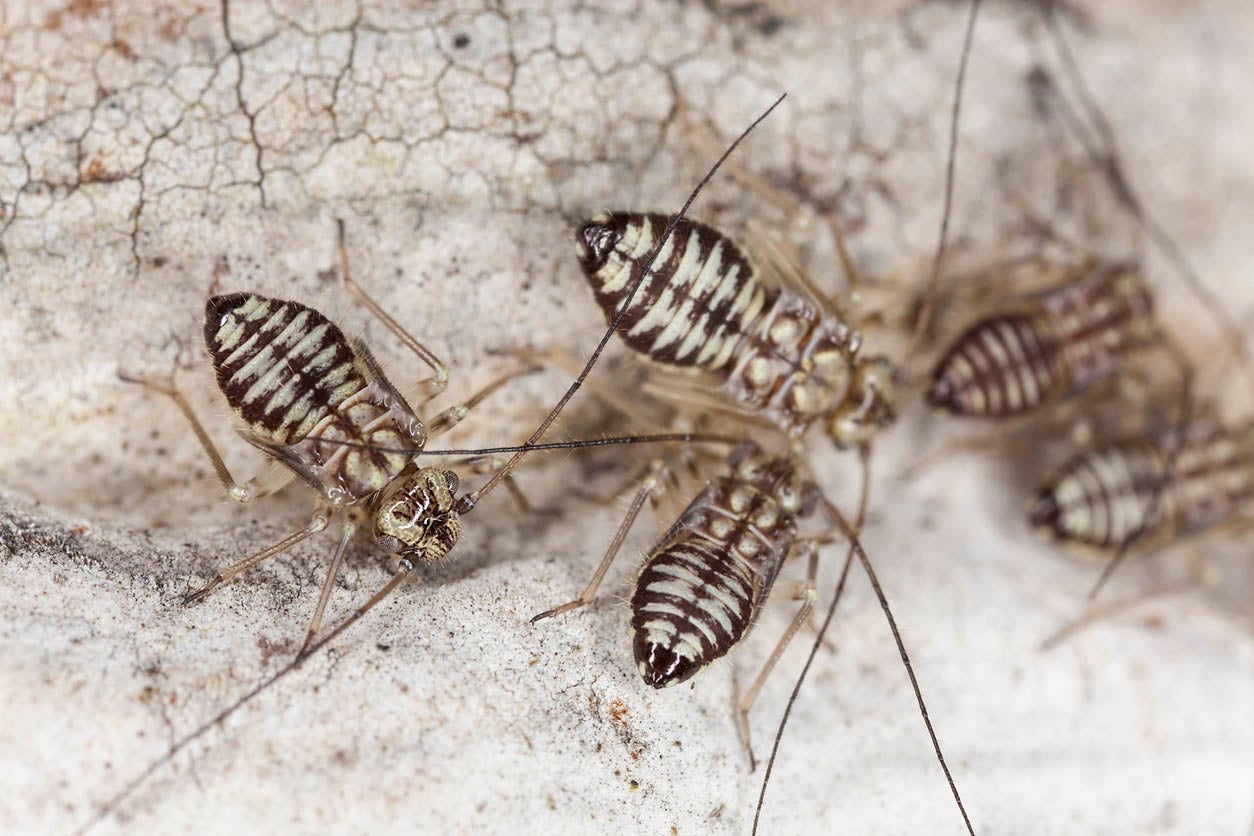
Before attempting to treat your books for bed bugs, it is important to thoroughly clean them. Remove any dust, dirt, and debris from the books using a damp cloth. Vacuum the pages and cover to remove any remaining dirt.
Using a Vacuum Cleaner
Using a vacuum cleaner is a good way to remove bed bugs from books. Vacuums with a high-powered suction are the best for removing bed bugs. Be sure to vacuum the entire book, including the spine, pages, and cover.
Using Heat to Kill Bed Bugs
Heat can be used to kill bed bugs on books. Place the books in a dryer set to high heat for at least 30 minutes. This will kill the bed bugs and their eggs.
Using Steam Cleaners
Steam cleaners are another effective way to treat books for bed bugs. The steam will penetrate the pages and cover of the book, killing the bed bugs. Be sure to use a steam cleaner with a pressure setting of at least 120 degrees Fahrenheit.
6 Using Insecticides

- Choose an insecticide specifically designed for bed bugs. Read the label carefully to ensure it is suitable for use in the home.
- Vacuum the area thoroughly, paying particular attention to the crevices of bookshelves and other areas where bed bugs might hide.
- Spray the insecticide liberally in all the affected areas, including bookshelves and other furniture.
- Ventilate the room by opening windows and doors. Leave the room for at least an hour to allow the insecticide to work.
- Wipe down all surfaces with an antibacterial solution, including bookshelves and other furniture.
- Wash all books in hot, soapy water and dry thoroughly. This will kill any remaining bed bugs and eggs.
7 Using Natural Remedies
- Vacuum furniture and carpets. This will help remove both adult bed bugs and eggs.
- Wash bedding and clothes in hot water. Use the highest heat setting on your washing machine.
- Use a steam cleaner on mattresses, box springs, and other furniture. Heat kills bed bugs and their eggs.
- Sprinkle diatomaceous earth or boric acid on carpets and furniture. This will help to keep bed bugs away.
- Use cedar oil on furniture, carpets, and bedding. This will help to repel bed bugs.
- Spray a mixture of rubbing alcohol and water onto furniture and carpets. This will help to kill any bed bugs that may be present.
- Place cedar chips or lavender oil in closets and other areas where bed bugs may be present. This will help to repel them.
Preventing Future Infestations
- Regularly check books for signs of bed bug infestations, such as dark spots, shed bed bug skins, and eggs laid in the spine of the book.
- If possible, keep books in plastic bins or other containers that can be sealed to prevent bed bugs from entering.
- Vacuum and steam clean any fabric covered furniture on a regular basis.
- Regularly vacuum the area around the furniture, walls, and floors.
- Inspect any items that have been brought into the home from second-hand stores, yard sales, or other locations where bed bugs may be present.
- Wash and dry all infested bedding and clothing on the highest temperature setting possible.
- Immediately dispose of any items that cannot be washed or dried.
- Regularly inspect any cracks or crevices in the walls and floors where bed bugs may hide.
- Use double-sided tape or other adhesive material to block any potential entry points for bed bugs.
- Use a bed bug spray to prevent any future infestations.
- Replace any torn or damaged screens on windows and doors.
Frequently Asked Questions
What are the best ways to kill bed bugs in books?
Bed bugs can be found in books, and require special treatment to ensure they are eradicated. Heat treatment is the most effective way to kill bed bugs in books. It should be done at a temperature of at least 117°F (47°C) for a minimum of 30 minutes. Another option is to freeze the books at 0°F (-18°C) for a minimum of four days. Chemical treatments of books to kill bed bugs should be avoided as they may damage the books. Vacuuming the books with a HEPA filter vacuum cleaner can also help remove bed bug eggs and larvae.
How can I get rid of bed bugs in books?
The best way to get rid of bed bugs in books is to vacuum them. Use a vacuum with a hose attachment to suck up any bugs or eggs. Be sure to empty the vacuum bag afterwards to avoid reintroducing the bugs. After vacuuming, seal the books in plastic bags for a few days to suffocate the bugs. You can also freeze the books for a few days to kill the bugs. If the infestation is severe, it is best to discard the books and buy new ones.
What are the Steps for Treating Books for Bed Bugs?
1. Vacuum the books to remove any visible bed bugs or eggs.
2. Place the books in a large plastic bag and seal it tightly.
3. Put the bag in the freezer at 0°F for at least 4 days.
4. Remove the books from the bag and shake to remove any bugs or eggs.
5. Wipe down the books with a damp cloth or vacuum with a brush attachment.
6. Place the books in a dryer set on high heat for at least 20 minutes.
7. Place the books in a sealed bag or container, and store them in a cool, dry place.
How can I protect my books from becoming infested with bed bugs?
To prevent books from becoming infested with bed bugs, it is important to keep them away from areas where bed bugs may be present. Regularly inspect books for signs of bed bug activity, such as small spots of blood or evidence of eggs. Clean and vacuum regularly and store books in plastic containers or sealed bags. Additionally, regularly inspect furniture and bedding for bed bug signs, and consider using bed bug proof encasements on mattresses and box springs.
Are there any preventative measures I can take to avoid having bed bugs in my books?
Regularly inspect books for signs of bed bugs such as eggs, larvae, and dark spots. Keep books in protective covers or sealed containers to prevent infestations. Vacuum shelves and furniture regularly and dispose of the vacuum bag or contents in an outdoor trash can. Reduce clutter around the bookcase and in the bedroom to limit hiding spots for bed bugs. Use a mattress encasement on the bed and use a light-colored bed sheet to make spotting bed bugs easier. Wash bedding and clothing regularly and dry on high heat to kill any bed bugs or eggs.
Conclusion
I’ve outlined some of the techniques used to treat books for bed bugs. It’s important to remember that bed bugs can be difficult to manage, and it’s best to consult with a professional pest control service if you think you may have an infestation. In addition, proper cleaning and storage of books is essential to prevent the spread of bed bugs. By following the steps outlined in this article, you can effectively treat your books for bed bugs and keep your home free from these pests.
